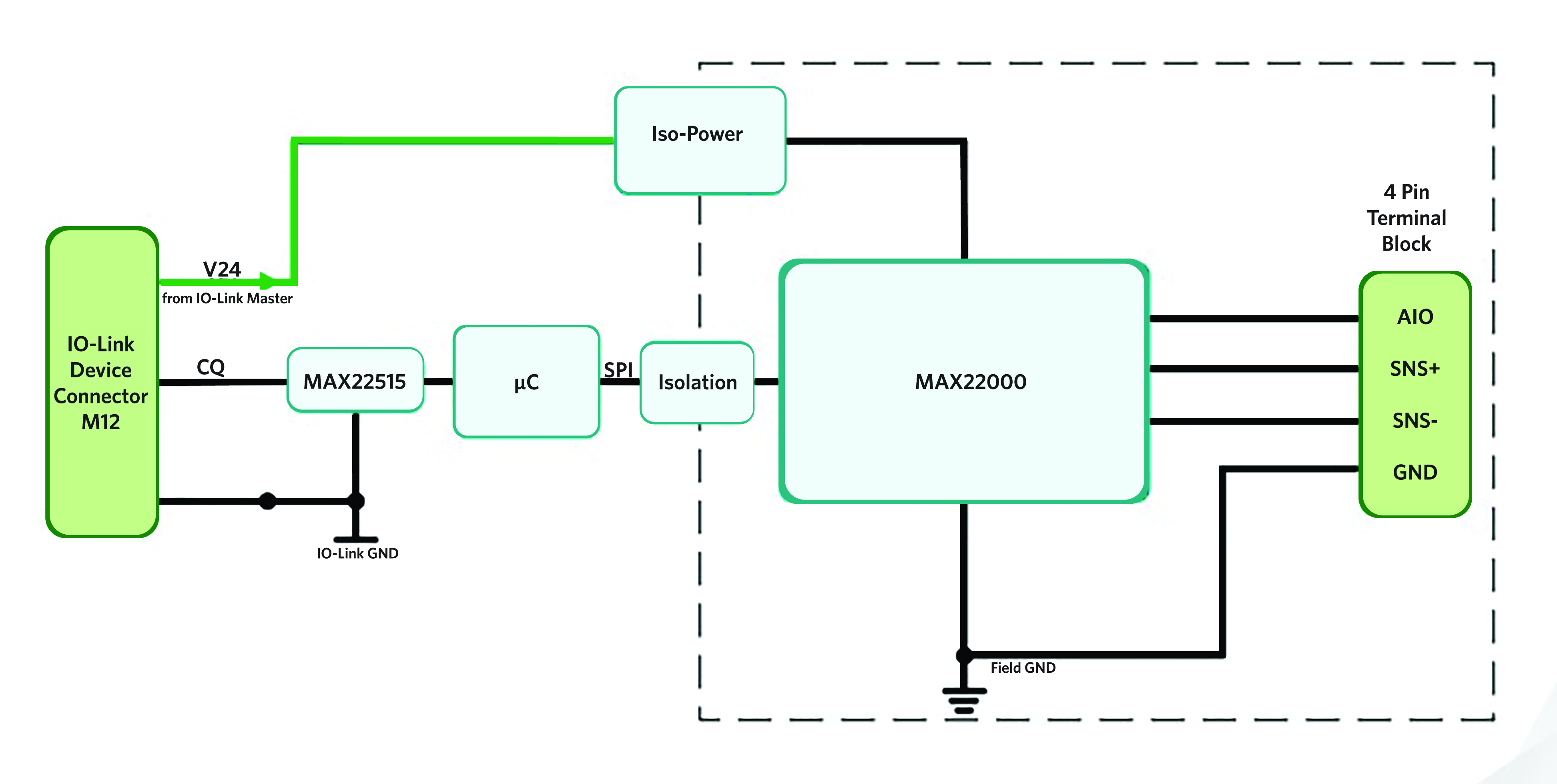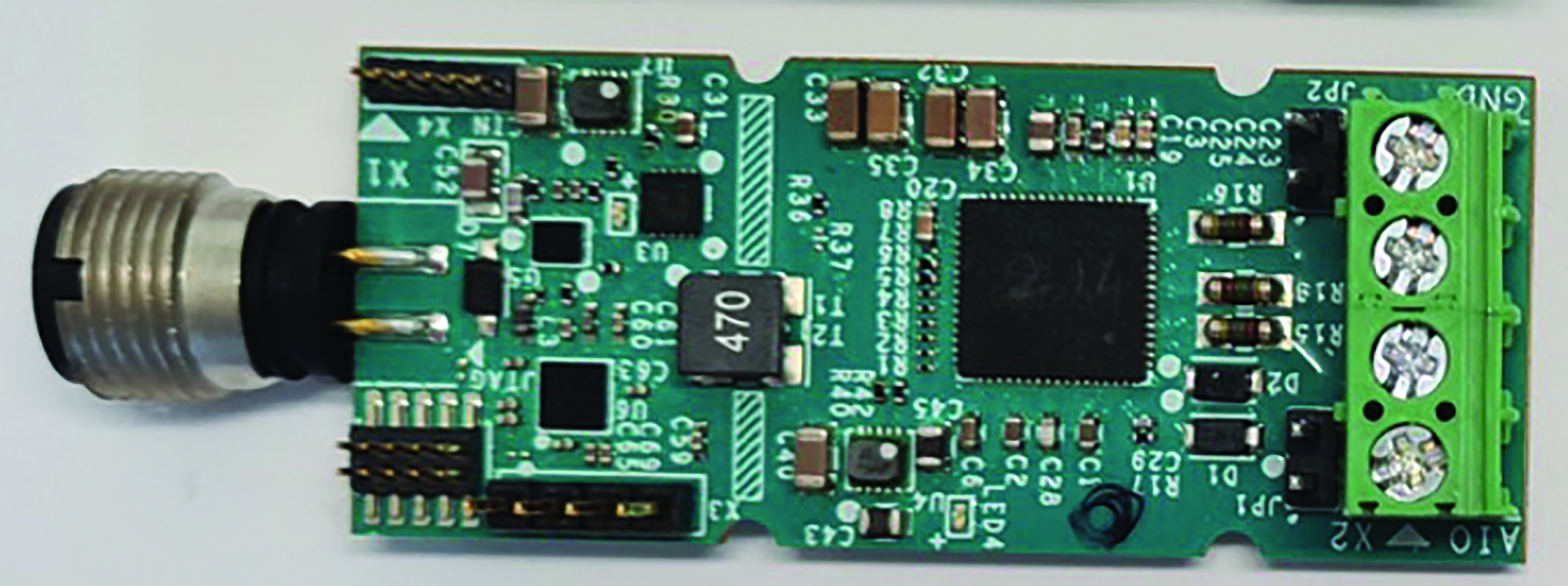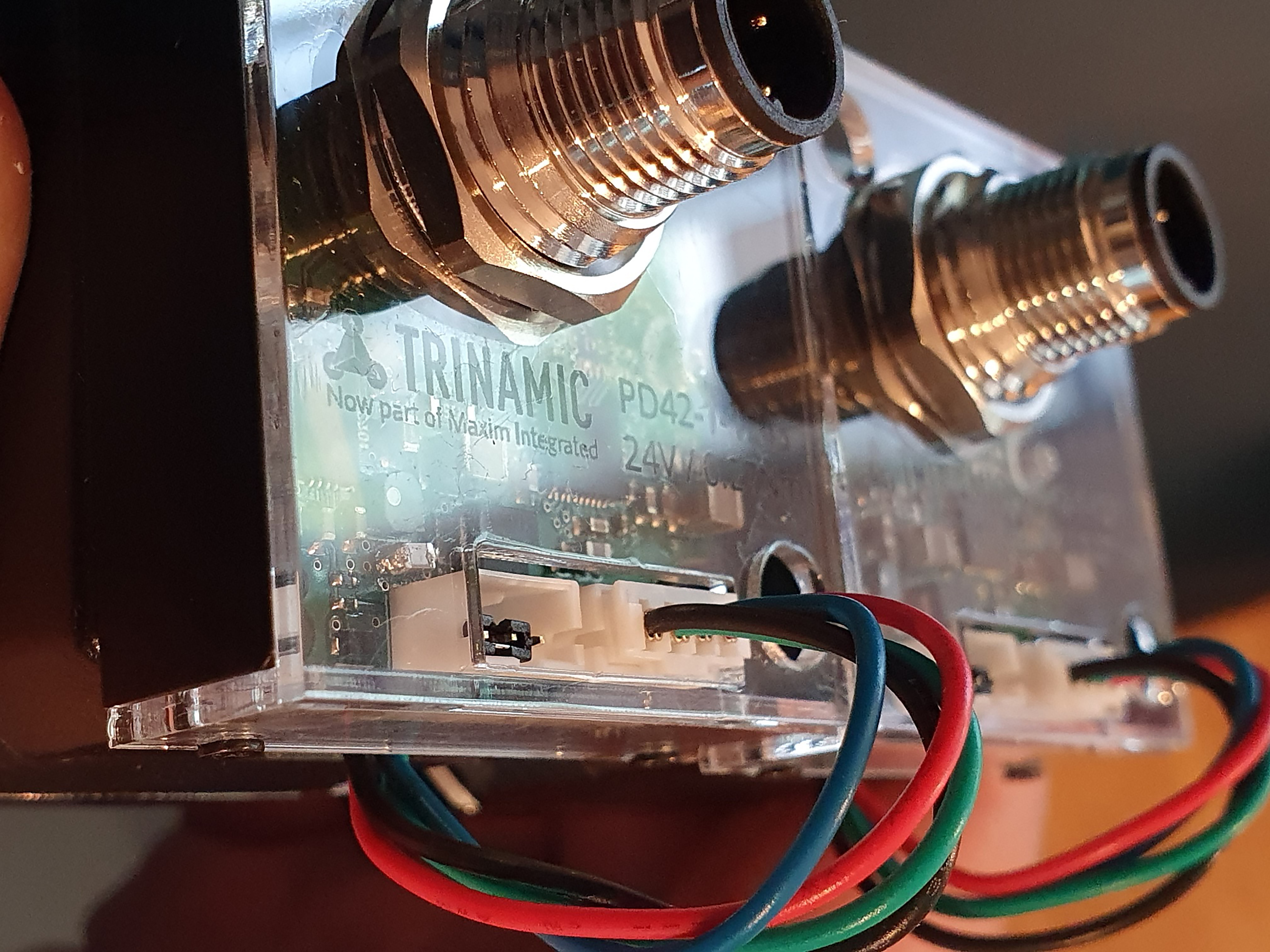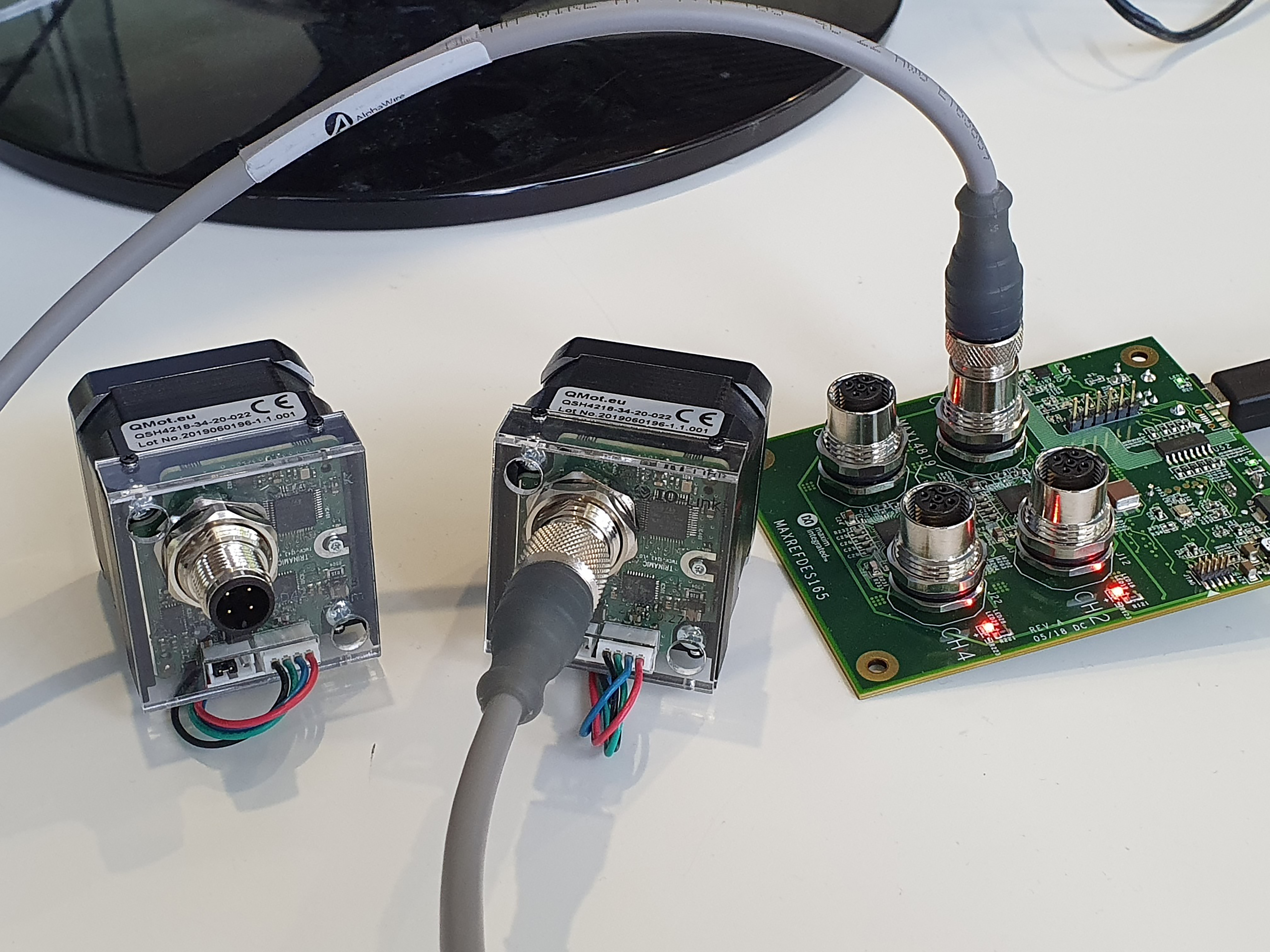The next evolution for manufacturing systems
What comes after industry 4.0? Jeff deAngelis proposes industry 5.0+, a level of self-awareness, the ability to adapt, maintain optimal performance and enable software-based reconfiguration to meet manufacturing needs.
Many companies are striving to make better real-time decisions across a manufacturing line. This involves collecting better information on the health, status, and efficiency of the factory equipment. More sophisticated customer demands require manufacturing lines to be nimble and allow for configuration flexibility to expand or contract a production line to accommodate a wide range of products. Achieving these goals requires a new approach or a new way of thinking.
Whether you call it having a digital twin, a smart factory, or industry 4.0, the technology will need to be scalable, configurable, and provide a higher level of diagnostics to enable better decisions from AI-enabled algorithms.
Sensor technology
In the manufacturing environment an array of sensors help machines detect an object, determine the distance to an object, configure the colours and composition of an object, and monitor the temperature and pressure of an object or liquid.
Commissioning new sensors to replace damaged ones or adapting a piece of equipment to enable manufacturing of a different product is labour-intensive and contributes to lost productivity.
At the heart of empowering intelligence to the edge is an exciting technology called IO-Link, which enables flexible manufacturing. It enables a traditional binary or analogue sensor to become an intelligent sensor that no longer just gathers data, but allows a user to remotely change its settings based on real-time feedback obtained on the health and status of other sensors on the line, as well as the manufacturing operation it needs to perform.

Figure 1: IO-Link technology enables sensors to become interchangeable for equipment to become reconfigurable on-the-fly
The adoption of IO-Link sensors has been accelerating due to companies recognising the benefits of having a common three-wire interface that allows simple interchanging of pressure, proximity, and temperature sensors. Benefits also include remote parameterisation without incurring unnecessary downtime, reduced wiring complexity - with a common three-wire interface to valves, RFID read heads and sensors, data rates that support up to Com 3 speeds at 230kbaud, a reach of up to 20m and use of the rugged M-12 universal connector interface. In addition, the identifying device ID for each sensor provides engineers visibility and control right to the edge of the factory floor.

Figure 2a: Schematic IO-Link analogue hub

Figure 2b: MAXREFDES177 IO-Link analogue hub
Hub and software
IO-Link technology is the catalyst behind a set of new intelligent sensors, but it also provides new opportunities to bring intelligence closer to the edge with IO-Link hub solutions. These provide a simple way to add analogue and digital IO expansion as well as to bring intelligence to actuators such as solenoid and motor drives.
An IO-Link hub provides a simple way to expand the channel density needs to support unexpected manufacturing line reconfigurations by using a single IO-Link port and an IO hub consisting of analogue and digital IOs. These expansion modules are relatively inexpensive and take advantage of all the features of IO-Link, simplifying the commissioning of the IO-Link hub to minimise factory downtime. Figure 2 shows an example of IO-Link hub for digital IO and analogue IO.
Intelligent actuators
Intelligent actuators control the shape, flow, and speed in which a product moves across the factory floor. All applications require a unique set of motion control and motor drive characteristics and smart actuators will need to dynamically adjust to their environment to provide higher efficiency to limit power dissipation and enable smaller sizes, better control of positioning and torque and the ability to self-tune and optimise performance while operating in a specific environment
Empowering this combination of intelligent motion requires two key elements. The first is power-efficient analogue drive technology to allow high voltage operation while providing health and status of the local environment. This enables optimisation of the motors for higher efficiency and faster throughput. The second element is the ability to provide motion control algorithms to enable a smooth range of motion. It must detect loads placed on the motor during operation to avoid line failures and to minimise power consumption.
 Figure 3: Above - The PD42-1-1243 IO Link-enabled drive (<90kmm3) with MAX22513 and (below)TMC2130-LA
Figure 3: Above - The PD42-1-1243 IO Link-enabled drive (<90kmm3) with MAX22513 and (below)TMC2130-LA

Motion control algorithms enable smooth and precise movement, while chopping algorithms focus on making the motor more power-efficient. Sensing the position of the armature is important to know if the motor has moved to the correct position. This is done with magnetic sensing, typically using Hall sensors, or with optical encoding.
Motion control algorithms
There are several required to provide smooth movement of the motor from point A to point B. First is field-oriented control (FOC). This algorithm calculates the position of the vectors to help improve the loading and smooth the movement of the motor’s shaft to drive loads.
Six-point control and S-shape control algorithms help control how quickly a motor moves from A to B or how smooth the motion of the motor is as it moves between the two points.
It is also necessary to ensure continuous operation of the motor to protect it from stalling. This algorithm is based on the ability to determine if a motor is about to stall due to increased torque / loading on the motor’s shaft.
Stall detection is a technique used to identify and take action if a motor is about to stall. While typically done in a sophisticated way using sensors, there are sensor-less techniques such as Trinamic’s StallGuard algorithm, which monitors the back electromotive force (EMF) of the motor to determine the load angle and compares it against a programmed threshold that’s being violated.
Other motion control algorithms are needed to minimise motor noise during operation. For example, CoolStep, used in conjunction with the StallGuard algorithm, provides energy conservation based on load-dependent current control. Another is StealthChop, a voltage chopper-based technology for eliminating motor noise. This self-learning algorithm tunes the motor after its first motion at power up and then, in subsequent motions, further optimises its performance.
Figure 3 shows the combination of Trinamic’s expertise in translating physical motion into the digital world and Maxim’s analogue driver and communications technology for intelligent motion. This IO-Link-enabled drive consists of the MAX22513 dual-channel IO Link transceiver, with the TMC2130-LA two-phase uStepper with 2A drive and StealthChip, StallGuard, CoolStep motion control algorithms, electromagnetic Hall sensor for motor position and based on a NEMA-17 motor.
Diagnostics
Higher levels of diagnostic capabilities provide a rich data set that improves real-time, edge-based decision-making, enhancing productivity and operational integrity. Machine learning growth stems from the abundance of health and status information being generated from a network of industrial IoT (IIoT) -powered devices, algorithms providing predictive analytics and machine-vision cameras monitoring the quality of products and evaluating the status of the machines. At the IC level, more and more information is being monitored, collected, and communicated via SPI bus to and from a microprocessor. The volume of these IC datagrams continues to multiply as they carry critical information such as temperature status of a device, over-voltage, over-current, open-wire detection, short-circuit detection, over-temperature warnings, thermal shutdown, and cyclic redundancy control (CRC).
Semiconductors provide a set of status flags tied to one or more of those fault conditions but the next evolution is to generate a sequencing of events that enables an operator to determine the mechanisms causing a piece of equipment to fail. This next level of diagnostics, when combined with intelligent sensor technology and software-configurable IOs, will enable an industrial controls technician or an AI algorithm to quickly identify the root cause of the failure on the manufacturing line and recommend a new approach to avoid it in the future. This “sequencing of events” will achieve better real-time decision-making because the quality of the information will be better.
Combining these new capabilities and implementing this new way of thinking will empower intelligence to the edge. An efficient factory floor can adapt to changing customer demands, improve throughput, and increase uptime. A level of self-awareness will mean proposed AI software-generated actions will be automatically implemented to keep a manufacturing line operational until it is repaired or serviced. Alternatively, industry 5.0+ may manifest itself by reconfiguring machines with dedicated tasks in a working group to adjust the loading of each machine to compensate for a unit that is beginning to fail or has restricted performance. The timing may be hard to predict, but one thing is clear: the automation industry is boldly marching towards its next evolution.
About the Author
Jeff DeAngelis is Vice President of Industrial Communications, Industrial & Healthcare Business Unit, Maxim Integrated








